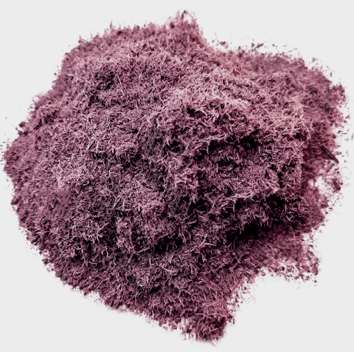Mimosa hostilis root bark has long been revered for its remarkable natural potential, offering a wealth of benefits rooted in traditional use and scientific interest. This extraordinary botanical has been cherished for centuries, particularly by indigenous cultures, for its versatility and effectiveness in various applications. From its deeply pigmented tannins to its dense concentration of beneficial compounds, the root bark continues to be a subject of intrigue for researchers and naturalists alike. As interest in holistic and plant-based remedies continues to grow, the significance of this botanical remains as relevant today as it was in ancient times. One of the most striking aspects of Mimosa hostilis root bark is its rich composition, which includes a wide range of naturally occurring compounds. The presence of tannins, flavonoids, and other bioactive molecules makes it an exceptional plant material with diverse applications.

These compounds contribute to the plant’s natural resilience and have been observed to play an essential role in various traditional practices. With an intricate chemical makeup, the root bark has been utilized in different ways, allowing it to stand out among botanicals that are prized for their holistic properties. The deep and vibrant color of Mimosa hostilis root bark has historically made it a valuable component in natural dyeing techniques. The pigments present in the bark produce a stunning range of shades, particularly in textile and leather dyeing. Indigenous artisans and modern craftspeople alike have explored its use in creating beautiful, earthy hues that remain durable over time. The process of dyeing with plant-based materials fosters a deeper connection to nature and sustainable practices, reinforcing the importance of botanical resources in traditional and contemporary art.
Beyond its role in dyeing, the mhrb USA has been used in natural skin and hair care formulations due to its soothing and revitalizing properties. Its natural compounds have been incorporated into handmade skincare products, where they contribute to overall wellness. Many who seek botanical alternatives appreciate the nourishing qualities that plant-based ingredients provide. By harnessing the potential of Mimosa hostilis root bark, individuals explore the benefits of plant synergy and holistic self-care, embracing nature’s inherent wisdom in their routines. Traditional cultures have also recognized the significance of this botanical in various spiritual and ceremonial contexts. It has been associated with deep-rooted practices that focus on introspection, connection, and the pursuit of knowledge. Throughout history, different communities have explored the many dimensions of plants as part of their cultural heritage. The natural potential of Mimosa hostilis root bark serves as a reminder of the incredible gifts found in nature.



 Moreover, residential treatment programs typically emphasize building life skills, which are essential for long-term success. Teens learn practical skills such as effective communication, problem-solving, and time management. These skills not only aid in their current recovery process but also prepare them for future challenges. By mastering these skills, adolescents can navigate their personal and professional lives with greater ease, contributing to a more stable and fulfilling future. Another transformative aspect of residential treatment is the development of resilience. Teens often face significant setbacks during their time in treatment, but the structured environment encourages them to confront and overcome these challenges. They learn how to cope with stress, handle adversity, and rebound from failures. This process helps them build emotional strength and adaptability, which are crucial for dealing with future difficulties. The support of therapists and peers within the residential setting further reinforces their ability to persevere through tough times for
Moreover, residential treatment programs typically emphasize building life skills, which are essential for long-term success. Teens learn practical skills such as effective communication, problem-solving, and time management. These skills not only aid in their current recovery process but also prepare them for future challenges. By mastering these skills, adolescents can navigate their personal and professional lives with greater ease, contributing to a more stable and fulfilling future. Another transformative aspect of residential treatment is the development of resilience. Teens often face significant setbacks during their time in treatment, but the structured environment encourages them to confront and overcome these challenges. They learn how to cope with stress, handle adversity, and rebound from failures. This process helps them build emotional strength and adaptability, which are crucial for dealing with future difficulties. The support of therapists and peers within the residential setting further reinforces their ability to persevere through tough times for 
